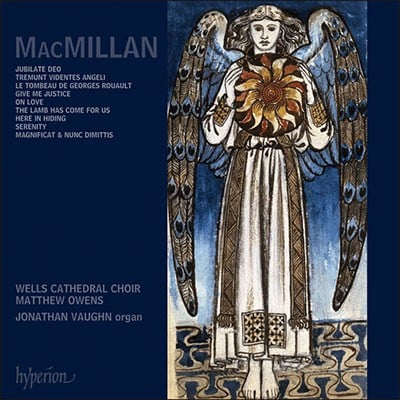Boosey & Hawkes
In the tradition of music written in homage to a dead artist, this large single-movement work for solo organ commemorates the French painter Georges Rouault (1871-1958). A leading figure in the artistic and intellectual revival of French Catholic life in the first half of the twentieth century, his work was dark, subtle and moving in its observation of the frailty of human life. He painted judges, clowns, prostitutes, the poor and Christ. The archetypes and characters captured in his work were the subliminal inspiration behind a lot of the material in this music.
It opens with a short monodic line marked "pure, cantabile". It is re-stated and developed but this time underlaid with a contrasting line marked "brash, clowning". The process starts a third time, but now further underlaid with a soft pulsing on the pedals.
A second episode introduces material which evokes the style of Bach chorale-preludes before the three-layered music from the opening returns. On each subsequent reappearance of this idea the three lines are gradually transformed, revolving and changing around each other kaleidoscopically.
A new fast material based on triads and marked "burlando, energico" pushes the piece into its developmental core, and the style becomes more boisterous, playful and virtuosic. This frenetic activity culminates in a huge full-organ, two-handed cluster which slides down the manuals to another ‘scherzando’ passage marked "like a barrel-organ". This is eventually cut short abruptly before a final tentative echo of the layered material, a reprise of the ‘chorale-prelude’ and a final emphatic statement of the opening monody.
Le Tombeau de Georges Rouault is dedicated to Thomas Trotter. It was commissioned for him by Symphony Hall, Birmingham, as part of its Bach to the Future organ series, and first performed at Symphony Hall on 18 March 2004. The commission was made possible thanks to generous support from the Limoges Trust and the Steel Charitable Trust.
James MacMillan, 2004
Reproduction Rights
This programme note can be reproduced free of charge in concert programmes with a credit to the composer
"...a kaleidoscope of virtuosity, fleetingly stilled by evocations of Bach chorale preludes."
The Times

Jonathan Vaughn
Hyperion CDA67867

